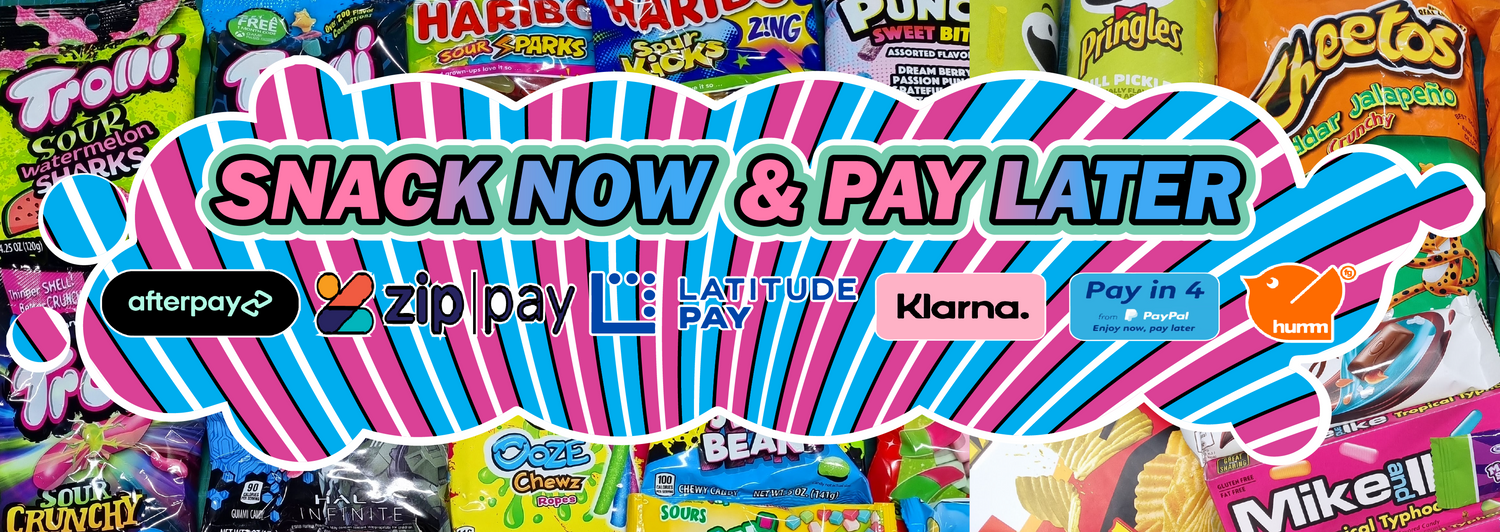I Luv Candi Things To Know Before You Get This
Table of ContentsSee This Report about I Luv CandiNot known Facts About I Luv CandiThe Best Strategy To Use For I Luv CandiA Biased View of I Luv CandiThe I Luv Candi Statements
You can additionally approximate your very own earnings by using different assumptions with our monetary plan for a sweet-shop. Typical regular monthly profits: $2,000 This kind of candy store is typically a small, family-run business, perhaps recognized to citizens however not attracting great deals of visitors or passersby. The shop might supply an option of typical sweets and a couple of homemade deals with.
The store does not commonly bring rare or expensive things, concentrating instead on cost effective treats in order to maintain normal sales. Presuming an average investing of $5 per client and around 400 customers per month, the month-to-month income for this sweet store would certainly be approximately. Typical monthly profits: $20,000 This candy shop benefits from its critical place in an active metropolitan location, attracting a lot of clients searching for pleasant indulgences as they shop.

Along with its diverse candy selection, this shop could likewise market associated items like present baskets, candy bouquets, and uniqueness items, providing numerous profits streams. The store's place requires a higher allocate lease and staffing but causes higher sales volume. With an approximated average investing of $10 per client and concerning 2,000 clients each month, this store might produce.
I Luv Candi Can Be Fun For Everyone
Found in a significant city and tourist location, it's a large facility, typically spread out over numerous floorings and possibly part of a national or global chain. The shop offers an immense variety of candies, including special and limited-edition products, and product like well-known garments and devices. It's not simply a shop; it's a location.
The operational costs for this kind of store are substantial due to the location, dimension, staff, and features supplied. Thinking a typical purchase of $20 per consumer and around 2,500 clients per month, this front runner store might achieve.
Group Instances of Costs Ordinary Month-to-month Price (Range in $) Tips to Decrease Expenditures Rental Fee and Utilities Store rental fee, power, water, gas $1,500 - $3,500 Take into consideration a smaller area, negotiate rental fee, and utilize energy-efficient lights and home appliances. Inventory Sweet, snacks, packaging materials $2,000 - $5,000 Optimize stock management to decrease waste and track prominent items to prevent overstocking.
Getting The I Luv Candi To Work
Advertising And Marketing Printed materials, on-line ads, promos $500 - $1,500 Focus on economical electronic marketing and utilize social networks systems free of charge promotion. Insurance coverage Organization liability insurance $100 - $300 Look around for affordable insurance policy rates and consider bundling policies. Devices and Maintenance Money signs up, present racks, fixings $200 - $600 Buy used equipment when feasible and execute regular maintenance to extend equipment lifespan.

This suggests that the check out here sweet shop has actually gotten to a factor where it covers all its fixed expenses and begins creating revenue, we call it the breakeven factor. Take into consideration an instance of a candy store where the monthly set expenses commonly total up to around $10,000. A rough price quote for the breakeven factor of a sweet-shop, would after that be around (since it's the total set expense to cover), or selling between with a rate series of $2 to $3.33 each.
Little Known Questions About I Luv Candi.
A big, well-located sweet shop would undoubtedly have a greater breakeven point than a small shop that does not need much profits to cover their expenditures. Curious regarding the productivity of your sweet shop?
Another danger is competitors from various other sweet-shop or larger sellers that may use a larger range of items at reduced prices (https://zzb.bz/eJ2Et). Seasonal fluctuations in demand, like a decrease in sales after holidays, can additionally impact earnings. In addition, changing customer choices for much healthier treats or dietary restrictions can decrease the allure of traditional sweets
Finally, financial recessions that lower consumer spending can impact sweet shop sales and success, making it crucial for sweet-shop to handle their expenditures and adapt to changing market conditions to stay lucrative. These dangers are commonly included in the SWOT analysis for a sweet store. Gross margins and internet margins are key signs utilized to determine the earnings of a sweet-shop organization.
I Luv Candi for Dummies
Basically, it's the revenue remaining after subtracting costs straight pertaining to the sweet inventory, such as acquisition expenses from suppliers, production prices (if the candies are homemade), and team incomes for those associated with production or sales. https://www.find-us-here.com/businesses/I-Luv-Candi-Mooloolaba-Queensland-Australia/34028613/. Web margin, on the other hand, consider all the costs the sweet-shop incurs, including indirect prices like administrative expenses, advertising and marketing, lease, and taxes
Sweet shops normally have a typical gross margin.For instance, if your candy shop gains $15,000 per month, your gross profit would certainly be about 60% x $15,000 = $9,000. Think about a sweet shop that offered 1,000 sweet bars, with each bar valued at $2, making the total profits $2,000.